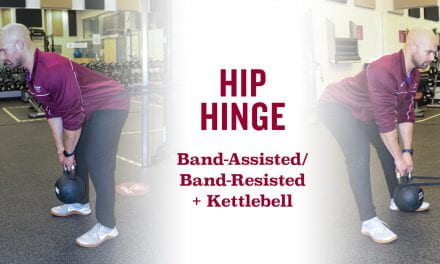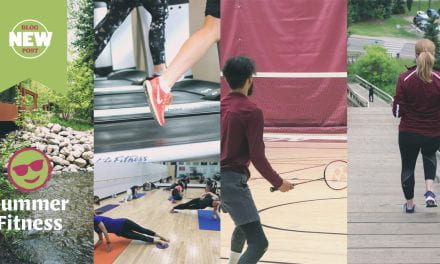As an Exercise Physiologist and Athletic Therapist, I often see many mistakes being made when starting and/or changing a physical activity routine. People try to do too much too fast. It’s important you realize what you take on needs to be sustainable. You need to balance your life.
Maybe you suffered an injury, or just got off track with your routine, and now you’re trying to return to your previous workout intensity, frequency and duration. Or maybe you’ve always struggled with incorporating physical activity into your day and you’re finally ready to improve your life. If you can relate to either of these scenarios, let me tell you why people who do too much too fast are generally not successful and I will share with you some changes that can lead to success!
Set SMART GOALS (S-specific, M-measurable, A-attainable, R-Realistic, T-time sensitive)
During initial consultations I always stress the importance of proper goal setting- I often get clients that think they need to change their entire life to become more physically active- this is not the case. For starters achieving goals (even if they are small) is a wonderful motivator to keep you accountable- for example, I often ask my clients to purchase a basic pedometer or download a fitness app on their phone where you can track activity and steps. Once we see what their average steps/activity level is, I challenge them to increase that number by 10% over the next week. This is a very specific, realistic and measurable goal, which in turn will keep you focused and feeling successful.
Slow and steady wins the race
Build gradually. If you are performing exercises wrong or do too much too fast, you are at high risk of injury. Our body, in essence does not like change. The human body doesn’t tolerate large changes in temperature, hormones, chemical mediators or physical activity very well. Increasing physical activity needs to be incremental and consistent. Don’t get me wrong- I am a strong believer in increasing physical activity and getting moving, but if you used to run triathlons five years ago and now you barely reach 5,000 steps a day, there is little to no chance you will be successful returning to that previous training intensity right away. You need to build gradually.
Pick a time to exercise that works for you
In my experience, individuals who plan their workouts first thing in the morning (6-8 a.m.) are the most likely to succeed and stay consistent. Why? Life is busier than ever, we are working more hours, going to school, volunteering, and taking care of a family and chauffeuring children to activities, I completely get it. Exercise is sometimes the easiest thing to drop when you have a full load and are feeling overwhelmed. The beauty of working out early in the morning is that it is rare that something is going to interfere, not many people have conflicting things they need to accomplish at 6 a.m. – except maybe sleep. Personally one of the best things about working out in the morning is that you start your day feeling extremely productive and the endorphins aren’t bad either. But if mornings don’t work for you, be sure to schedule your exercise in a time you can commit to and make it a priority.
Get a good plan and stick to it
Even as a fitness professional- I find my workouts much less productive/enjoyable when I am not following a plan. Yes, I know a lot of exercises, but if I am just going through the motions- bicep curl here, stationary lunge there- I am not being efficient with my time and effective with my workout. Of course I recommend if you are not comfortable creating your own exercise regime/executing movements with good form, consult a personal trainer. I find the fitness industry kind of bizarre. People invest thousands of dollars into home gyms, diet supplements, or online personal trainers, that a lot of the time do not actually help people achieve their goals. For the sake of your body and your time do not overlook this crucial step towards success. Even if you consult with a personal trainer just to get a professional exercise program designed for you and learn the proper technique- I can tell you it is worth every penny! This way you can be confident that you are not putting you body at risk of injury and you are being as efficient with your time and effective with your workout as possible.
By Kristin Constantinoff
Kristin is a Bachelor of Athletic and Exercise Therapy graduate and is certified with the Canadian Society for Exercise Physiologist as a Certified Exercise Physiologist and is also a Certified Athletic Therapist with the Canadian Athletic Therapists Association. She specializes in injury prevention and recovery as wells as chronic disease management.



